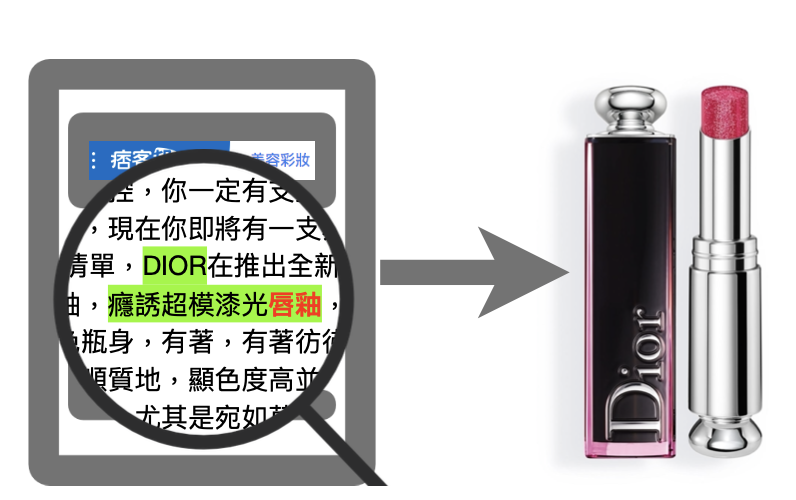AI Software Intern, Riva - NVIDIA (May. 2022 to Aug. 2022)
- Supervisor: Dr. Oluwatobi Olabiyi
- Will research deep learning and natural language processing techniques to build high-performance conversational AI services.
- Assist professor Jessica Ouyang on multi-scientific article summarization.
- Assist professor Shuang Hao on research programs that analyze and defend against fake content and identified disinformation campaigns.
- Adopted various deep convolutional neural networks, classified downsized MNIST, fine-tuned testing accuracy 80.84% in 4 mins.
- Utilized NLP technique and clustering algorithm, defined naming patterns of the IoT device from domain names.
- Mentored a class of 70, moderated and evaluated NER research projects, accomplished 91.3% average accuracy rate.
- Course:
Natural Language Processing (Spring 2020)
Machine Learning (Fall 2020, Spring 2021)
Semantic Web (Fall 2019)
Discrete Mathematics (Summer 2019)
Software Project Planning and Management (Spring 2021)
- Chinese Knowledge and Information Processing (CKIP) LAB
- Mostly focus on Natural Language Processing, and my advisor is professor Wei-Yun Ma.
- Specific in following area:
a. Entity Linking: We cooperated with PIXNET to help them link the cosmetic product mentioned in the PIXNET blog. We designed a headword-oriented entity linking problem. We developed a product embedding model to solve the entity linking problem in cosmetic domain. Our model raised accuracy from baseline 64% to 83.4%. We published this work in LREC' 2020.
b. Information Extraction: Designed ”Improved Pattern Ranking Algorithm (IPRA)” and built an information extraction system in movie domain. Our algorithm improved f1 score from baseline 67% to 73.4%. We published this work in WWW DEMO session 2017 and received the Best Demo - Special Mention Award.
- Led a team of 15 people for industry-university cooperation, reduced 90% manual label time and cost for 1,000k+ products.
- Knowledge Discovery and Data Mining (KDD) LAB
- Mostly focus on Text Mining and Relation Extraction, and my advisor is professor Jia-Ling Koh.
- We extract the conditional relationship for diseases and symptoms by a web search-based approach. We published this work in Web Intelligence, December 2018.
Software Engineering Intern- IBM, Taiwan (Jul. 2015 – Dec. 2015)
- Debugged and detected in User Acceptance Testing stage, solved and troubleshot the insurance batch system based on Agile development system.
- Communicated between engineer, architecture, product manager. Confirmed specifications and technical details meanwhile maintained software requirements specification of the insurance system.
- Planed round table panel talk and participated in the business proposal for internal summer intern emotional cloud service competition.




